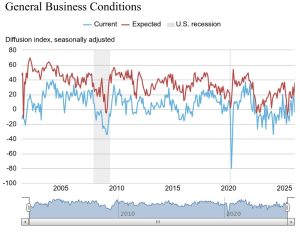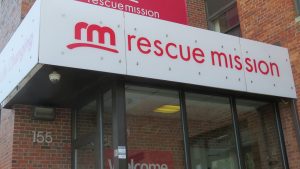SYRACUSE, N.Y. — Aircraft models using radio altimeters — that have been approved for low-visibility approaches at airports impacted by the rollout of 5G wireless, including the Syracuse airport — will be permitted to resume operations in low-visibility conditions.
“As of this [Thursday afternoon] statement, approximately 62 percent of the aircraft in the U.S. commercial fleet have the approved altimeters onboard,” the Syracuse Regional Airport Authority (SRAA) said.
SRAA operates Syracuse Hancock International Airport.
(Sponsored)

Navigating Cyber Threats to the Manufacturing Industry
Every business needs a solid IT strategy to keep up with the rise in cybercrime and the swift pace of technological innovation. Manufacturing companies face unique risks to their productivity

What Is Governance, Risk Management, and Compliance (GRC)?
As cyber threats grow in numbers and severity, regulatory bodies are developing new cybersecurity frameworks for businesses to adhere to. These frameworks vary by industry, and a new type of
The authority went on to say that aircraft manufacturers and air carriers will continue their efforts to demonstrate to the Federal Aviation Administration (FAA) that the remainder of the U.S. commercial fleet “can safely operate” in these 5G environments. They’re also known as approved alternative measures of compliance (AMOC).
SRAA says the FAA’s 5G and Aviation Safety website includes the current status of U.S. commercial fleet approval.
SRAA on Wednesday morning had announced that the Syracuse airport was on a list of several airports where low-visibility operations were banned following the launch of 5G cellular service due to its impact on certain flight operations.




